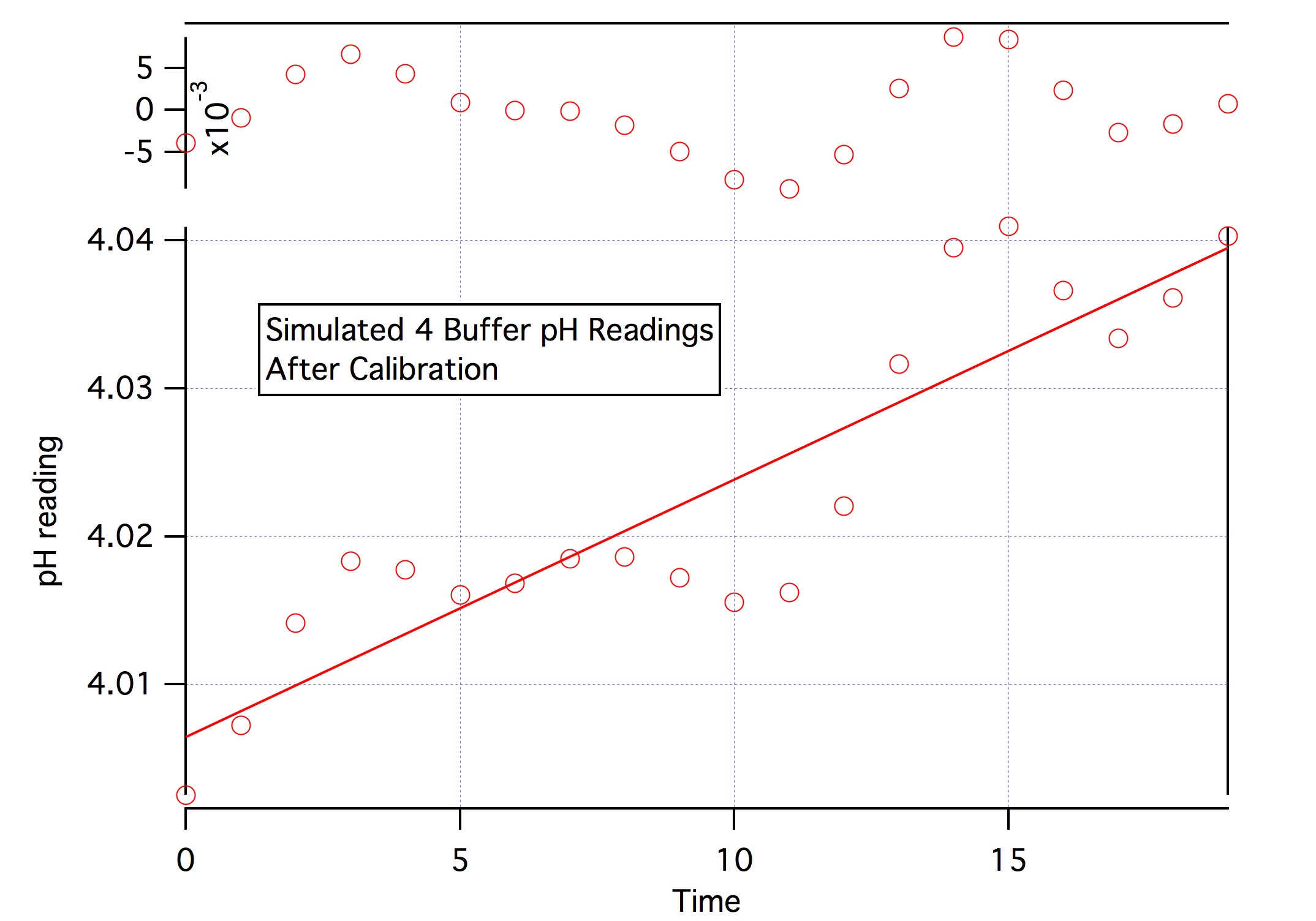Hey all,
Outside of limited lab experience, I've always used a pH meter with the integral or enclosed electrode, of the Pocket Pro (or, in my case, Extech pH 110) type.
I have a buret at home, along with an accumulating amount of glassware, and I'd like to do alkalinity titrations using a pH meter and cabled (name?) probe, rather than a bromcresol indicator. I'd like it to do double duty, put to use on brewdays as well.
I don't have the budget to go in deep; I'd like to keep it to about $125, much like the above meters. I saw a Milwaukee pH/temp meter, but have no idea of its quality as I've never used it, nor Milwaukee generally.
Any thoughts, anyone?
Thanks.
ps: I will also use the Salifert kits, probably more regularly. I thought I saw somewhere on here their working accuracy, but can't recall how close that was. Perhaps it was precision and not accuracy. Brewers, do you use the Salifert for alkalinity testing? How close can we count on them getting?
Outside of limited lab experience, I've always used a pH meter with the integral or enclosed electrode, of the Pocket Pro (or, in my case, Extech pH 110) type.
I have a buret at home, along with an accumulating amount of glassware, and I'd like to do alkalinity titrations using a pH meter and cabled (name?) probe, rather than a bromcresol indicator. I'd like it to do double duty, put to use on brewdays as well.
I don't have the budget to go in deep; I'd like to keep it to about $125, much like the above meters. I saw a Milwaukee pH/temp meter, but have no idea of its quality as I've never used it, nor Milwaukee generally.
Any thoughts, anyone?
Thanks.
ps: I will also use the Salifert kits, probably more regularly. I thought I saw somewhere on here their working accuracy, but can't recall how close that was. Perhaps it was precision and not accuracy. Brewers, do you use the Salifert for alkalinity testing? How close can we count on them getting?
Last edited by a moderator:




